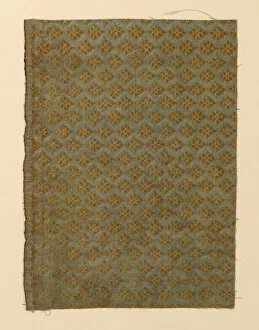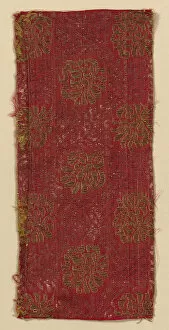Silk Plain Compound Cloth Collection
"Silk Plain Compound Cloth: A Journey through Time and Style" Step into the world of silk plain compound cloth
All Professionally Made to Order for Quick Shipping
"Silk Plain Compound Cloth: A Journey through Time and Style" Step into the world of silk plain compound cloth, a fabric that has captivated fashion enthusiasts for centuries. This collection of fragments showcases the exquisite craftsmanship and creativity from various regions in Europe. Starting with two fragments from France, dating back to c. 1730/40, we are introduced to the mysterious artistry of an unknown creator. The delicate patterns and intricate details transport us to a bygone era where elegance reigned supreme. Moving on to Spain, we encounter a fragment from the early 17th century (1600/1650). Its vibrant colors and bold motifs reflect the rich cultural heritage of this Mediterranean country. We can only imagine how this fabric would have adorned royalty or aristocracy during its time. Italy takes center stage as we explore multiple fragments spanning different periods. From c. 1650 to 1700, these Italian creations showcase versatility in design - from ornate floral patterns to geometric shapes that exude sophistication. A standout piece is a fragment from Italy dating back to 1625/75. Its intricate embroidery tells tales of skilled artisans who poured their hearts into every stitch, creating an enduring masterpiece that transcends time. As we delve deeper into Italy's textile history, another fragment catches our eye - this one hailing from the 17th century without any specific date attached. Despite its anonymity, it speaks volumes about Italy's contribution to fashion throughout history. France makes another appearance with a fragment dating between 1750-1800. Here we witness an evolution in style as simplicity takes precedence over elaborate designs - showcasing how trends evolve over time while still maintaining their allure. Returning once again to Italy between c. 1650-1700, two more fragments mesmerize us with their symmetrical patterns and refined color palettes – evidence of Italian craftsmen's dedication towards perfection even centuries ago. Concluding our journey, we revisit a fragment from 19th century France and another from Europe.







